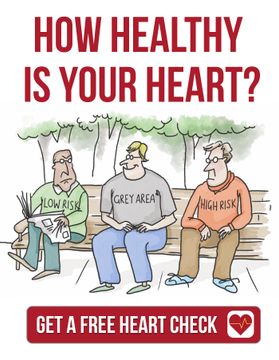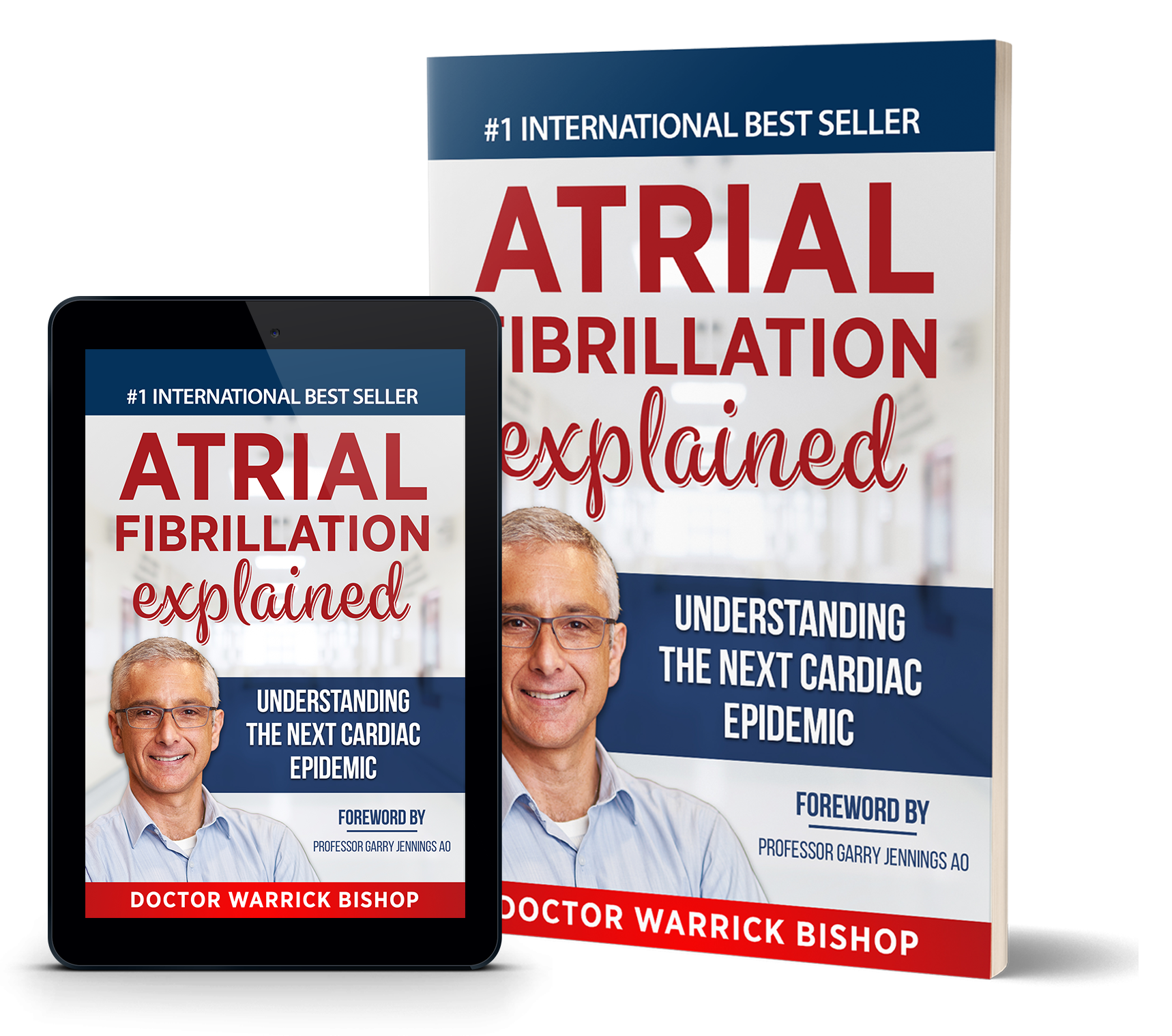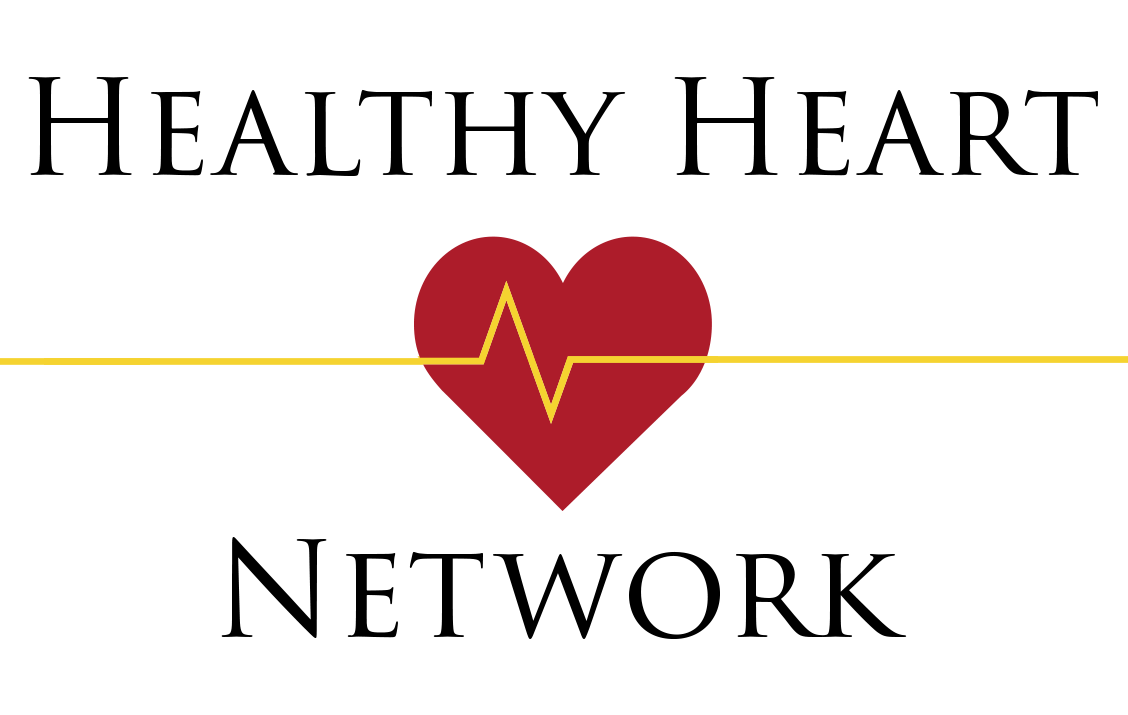In this article I’m going to cover a little bit of information about cholesterol tests. Many of us have gone to our local doctor and had a regular cholesterol blood test or what we doctors tend to call a “lipid profile” (lipid pertaining to fat and profile meaning description). Generally fasting, we'd make an effort not to eat from the night before, and we go along and duly expose our vein to the person who is going to take the blood, a phlebotomist, and then send it off to the lab for analysis....Ouch.
So what do we test when we're looking at a lipid profile or a “cholesterol test”? There's generally a panel of things we look at, a number of different components to the test. I'm going to walk through those just very simply, so you have some idea of what we're looking to assess and why. Generally the test is done after you've been fasting and it is generally considered over eight hours is the appropriate time; more than about 12 or 14 hours is too long as sometimes the body can change the way it is metabolizing and this will make changes to the profile so it can start to become less representative.
The first thing that we evaluate is the total cholesterol, which measures all the cholesterol within the blood. There is a range as you might imagine for total cholesterol, but the average is somewhere around 5 or 5.5 mmols per liter.
Once we've looked at the total cholesterol, the next thing we tend to look at is triglycerides. Now, triglycerides are another form of fats that we have within the bloodstream. They are the most abundant of the lipids and are important for transport of fat into and out of tissues so are a good indicator of what fat may be available to be deposited into the tissues.....the spare tyre around the tummy is thanks to triglyceride deposition.
With triglycerides, we normally want to see levels in the blood stream of less than about 2 mmols per litre. If they're greater than 2 mmols per litre, there's a good chance you've eaten or drunk (alcohol) a little bit too much recently, or we may also see those levels elevated in a diabetic patient or someone at risk of diabetes in the future, or put another way, if you carry a too much weight particularly around the middle.
The next thing we look to is the high density lipoprotein, or HDL. HDL is the denser lipoprotein particle that can pick up cholesterol from the tissues and bring it back to that liver or deliver cholesterol to the tissues that produce hormones. We think of this one as a protective or good cholesterol.
So, when it comes to HDL cholesterol, we would ideally want to see it over 1mmol per litre.
LDL cholesterol or low-density lipoprotein is the one we consider the problem cholesterol. This is because a lot of our research has pointed to this as the culprit linked to development of plaque in the arteries and so has been the target of cholesterol lowering therapies. So the trials that inform our current practice have focused on measuring LDL cholesterol, and then matching that up with outcomes.
In recent years, in the popular press and in social media, there is often some debate about the role of cholesterol in coronary artery disease. I’m the first to agree, we should always question what we do and if it stacks up with our observations and experience, so I’m supportive of any debate. In this case however, it can be a bit confusing. Us doctors are telling patients to take cholesterol lowering medications and there is an opposing opinion which says coronary artery disease is not related to cholesterol.......so, what are you to believe? I will walk the line of the diplomat and suggest that both camps have merit and here’s why. It is reasonable to say just because your cholesterol is high it doesn’t mean you will have plaque in your arteries, and to a large degree this is a reasonable comment. There are people with high cholesterol levels who never have heart problems and visa versa, that is people with average cholesterol levels who end up with coronary artery disease. However, time and time again, our studies have shown that in high risk individuals, lowering their LDL cholesterol offers a favorable outcome compared to placebo or doing nothing. So, the take home is cholesterol levels are not a good predictor of WHO will have plaque in the arteries but if you HAVE plaque in your arteries then lowering cholesterol will be of benefit.
In recent years another component of the lipid profile has been added and this is the Non-HDL cholesterol. This is a useful figure and is a way of taking into account ALL the cholesterol in the circulation that is NOT the helpful HDL. The non-HDL cholesterol has been shown to be a useful predictor of risk and is of its own a useful marker.
Lastly, we look at ratio. The ratio is a comparison or balance of how much HDL or good cholesterol there is compared to total cholesterol. We would normally want to see a low ratio, less than 4 is generally ideal. For example, a ratio of 4, means that the HDL cholesterol could be 1 mmol/l and the total cholesterol 4mmol/l. That's a ratio of four. If the total cholesterol was 6, a higher number, but the HDL cholesterol were 2, then that gives a ratio of 3, considered “better” than a ratio of 4. So although a higher total cholesterol, a more favorable ratio.
So that's what the simple numbers mean and they give us some idea in terms of a starting point for risk calculation. It's that information that we put in to risk calculators to estimate your risk of an event. I think risk calculators are a really interesting topic of their own and represent very much an idea of the risk of the population you may be in. However they may not necessarily always be the most precise information just for you. I've written about that in my book, which you may find an interesting read if you feel inclined to get more information on that topic.
Well one of the reasons we measure cholesterol is because we talk about “targets for cholesterol”. So if we're going to be measuring cholesterol, we might as well understand the concept of targets. When we're talking about preventing people having a cardiac event; having their first coronary event, we call this primary prevention, the current guidelines in Australia recommend that we need to aim for LDL cholesterol level of 2 mmols per litre or less.
If we consider a patient who's had an event, so we're trying to stop a second event, we call this secondary prevention, and we want to reduce the risk of that person having another event. We want to be very proactive in our management strategies for those people. We aim at a “target” LDL cholesterol of less than 1.8mmols per litre.
What I would say, though, is to watch this space, because there's every chance that those guideline recommendations will come down as some of our newer trials start to be incorporated into the evidence base that informs guidelines. These most recent trials are showing that even for secondary prevention patients who are already well treated with lipid lowering, or to current target in terms of their LDL levels we're demonstrating even better outcomes if we lower that LDL cholesterol even more. So there are now studies that are showing us that lowering the LDL cholesterol in high-risk individuals, below 1mmol per litre, which is a very low level, offers improved outcomes without a negative signal. Meaning that there appears to be no adverse side effects demonstrated only reduction in risk of heart attack.
Lastly there's talk about whether we should do cholesterol measurements fasting or non-fasting. Mostly the LDL and HDL cholesterol are not greatly different in the fasting and non-fasting states, though the triglycerides will be significantly elevated after food, as you might expect, they are involved in the transport of fats. Non-fasting lipid profiles provide convenience and may even be done at time of a clinic visit in some centers.
My own preference, however, is that I like to do a fasting test because I tend to request a simultaneous fasting blood glucose, and I also, in patients who I think it could be beneficial, request a fasting insulin level. I take the glucose and the insulin and put them into a calculation called a HOMA calculation, and that calculation gives an idea of insulin resistance.
Another thing is that most of the studies done in terms of treating LDL cholesterol and arriving at targets or treatment have all been done on fasting bloods. So although non-fasting measurements are becoming more common, and there is good data to support their usage, my personal preference remains with a fasting blood so that we get both a clear lipid profile, which reflects what the studies have shown us over the years which have been fasting levels, plus I can use the blood test to obtain information about insulin, glucose and insulin resistance.
I hope you have a better idea of your cholesterol profile, now you understand the difference between total cholesterol, triglycerides which we sometimes call “The Ugly”, HDL cholesterol, which we call “The Good”, and the LDL cholesterol, which we call “The Bad”.
As always, never forget things like blood pressure and lifestyle, because they're really important even though we’ve been busy looking the numbers of your lipid profile, personally I also like to check your sugars and in some cases your insulin and insulin resistance.
Anyway, I hope you've found this piece on cholesterol tests informative. I hope it has answered some questions for you. If you have any feedback or questions, don't hesitate to let us know.








